Spouse(s) Suprabha Literary works Ashtavakra Gita Parents Sujata, Kahola | Philosophy Monism (Vedanta) Guru Aruni | |
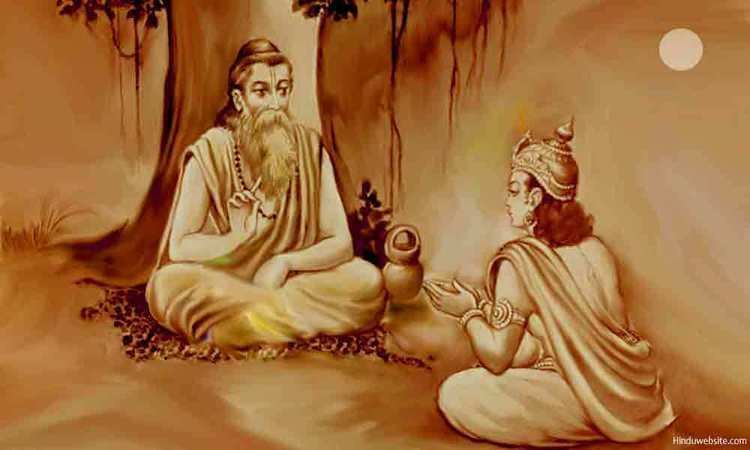 | ||
Books Ashtavakra Gita, Instruction for Enlightenment: Astavakra Gita - a Dialogue Between the Sage Astavakra and King Janaka People also search for Aruni, John Denton, Rajneesh | ||
Ashtavakra (Sanskrit: अष्टावक्रः, IAST Aṣṭāvakra) is a revered Vedic sage in Hinduism. His name literally means "eight bends", reflecting the eight physical handicaps he was born with. His maternal grandfather was the Vedic sage Aruni, his parents were both vedic students at Aruni's school. Ashtavakra studied, became a sage and a celebrated character in the mythologies of the Hindu Epics and Puranas.
Contents
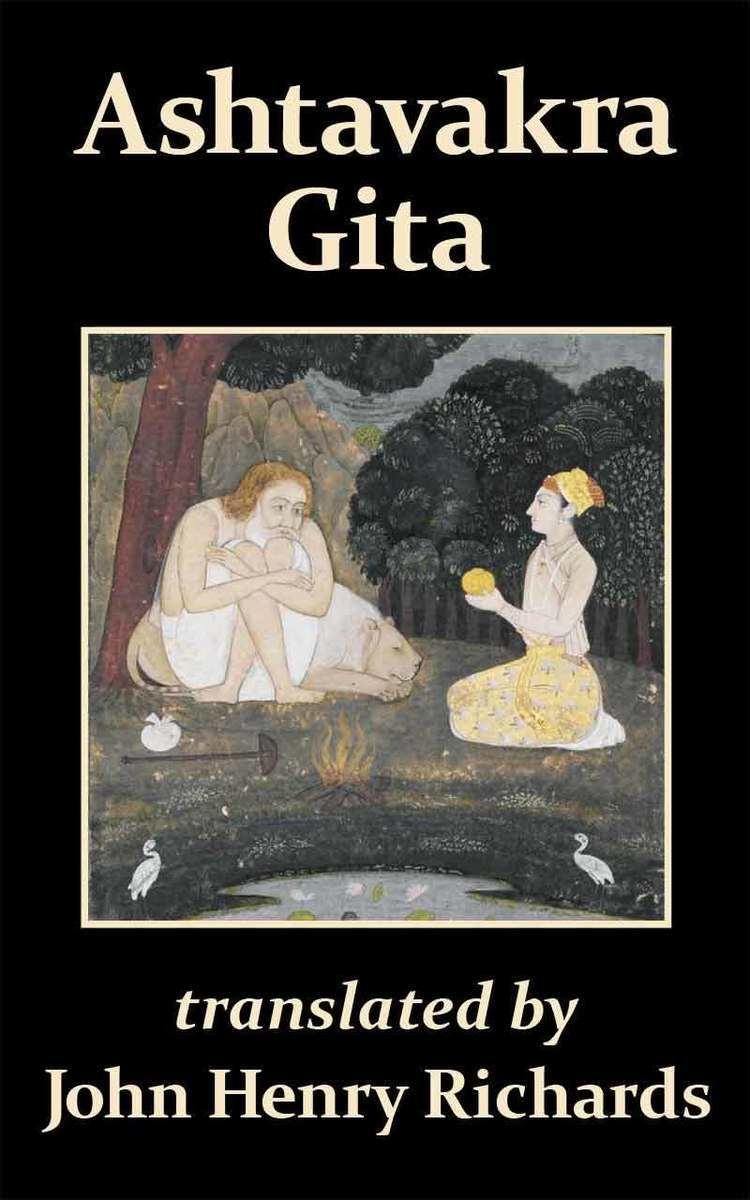
Ashtavakra is the author of the text Aṣṭāvakra Gītā, also known as Aṣṭāvakra Saṃhitā, in Hindu traditions. The text is a treatise on Brahman, Atman and monism (Advaita).
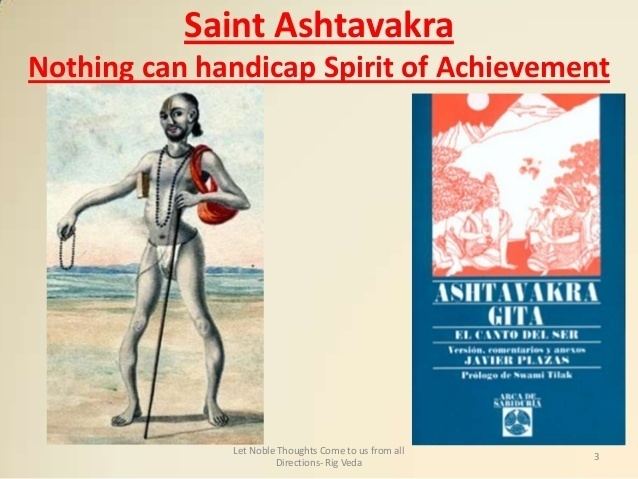
Excerpts from the ashtavakra gita
History
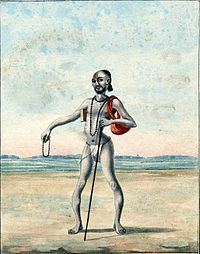
Little is known about the life or century in which Ashtavakra actually lived, except for the mythologies found in the major Indian Epics (the Ramayana and the Mahabharata) and the Puranas. The legends state that sage Aruni, mentioned in the Chāndogya Upaniṣad, ran a school (Āśrama) teaching the Vedas. Kahoḍa was one of his students, along with Aruni's daughter Sujata. Aruni's daughter married Kahoḍa. She got pregnant, and during her pregnancy, the developing baby heard the chanting of the Vedas and learnt the correct recitation. According to one version of the legends surrounding Ashtavakra, his father was once reciting the Vedas, but erred in correct intonation. The fetus corrected his father, the father got angry and cursed him. The curse caused him to be born crooked, with eight bends, which is what his name "Ashtavakra" means.
The different versions of the legends chronologically place him with Janaka, the ancient king of Videha.
Texts
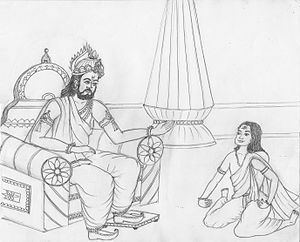
Aṣṭāvakra is credited as the author of the Ashtavakra Gita (IAST: Aṣṭāvakra Gītā), which means "song of Ashtavakra". The text is also known as Aṣṭāvakra Saṃhitā. The Ashtavakra Gita examines the metaphysical nature of existence and the meaning of individual freedom, presenting its thesis that there is only one Supreme Reality (Brahman), the entirety of universe is oneness and manifestation of this reality, everything is interconnected, all Self (Atman, soul) are part of that one, and that individual freedom is not the end point but a given, a starting point, innate.
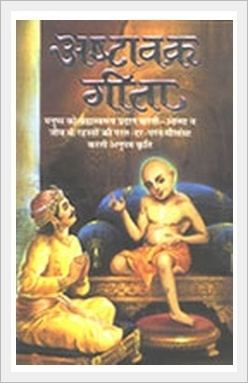
According to Jessica Wilson, the Sanskrit poetics in Ashtavakra Gita is not driven by critical syllogism, but it is rich in philosophical premises, spiritual effectiveness and its resonant narrative because of "textual indeterminacy between the audience's disposition and the foregrounded theme of non-individuation in the text. This tension . . . results in consistency building by the audience, which enables the transcendence of these two viewpoints (reader and text)".
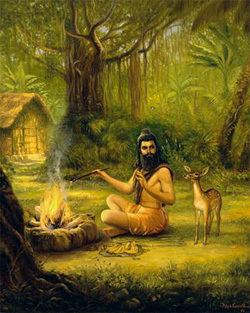
According to Radhakamal Mukerjee, the Ashtavakra Gita was likely composed after the Bhagavad Gita but before the start of the common era, and attributed to sage Ashtavakra out of reverence for his ideas.
Ramayana
Aṣṭāvakra is referenced in verse 6.119.17 of Yuddha Kāṇḍa in Vālmikī's Rāmāyaṇa. When Daśaratha comes to see Rāma from heaven after the war of the Rāmāyaṇa, he tells Rāma –
In the Aranya Kanda of Adhyatma Ramayana, the demon Kabandha narrates his story to Rama and Lakshmana, in which he says that he was a Gandharva earlier who was cursed by Ashtavakra to become a demon when he laughed on seeing him (Ashtavakra). When the Gandharva then bowed down to Ashtavakra, Ashtavakra said that he would be released from the curse by Rama in Treta Yuga.
Mahābhārata
In the Vana Parva of the Mahābhārata, the legend of Aṣṭāvakra is described in greater detail. On losing the game of dice with the Kauravas, the five Pāṇḍava princes and Draupadi are exiled for twelve years. On their pilgrimage, they meet the sage Lomaśa, and he narrates to the Pāṇḍava princes the legend of Aṣṭāvakra, over three chapters of Vana Parva of the Mahābhārata. Aṣṭāvakra's wisdom on various aspects of human existence is recited in the Mahābhārata. For example:
Puranas
Aṣṭāvakra and Śvetaketu made his way to Janaka's palace. Aṣṭāvakra first faced the gatekeeper who tried to keep the young boy out. On convincing the gatekeeper that he was well versed in the scriptures and hence old, he was let in. Then Janaka tested Aṣṭāvakra with cryptic questions which Aṣṭāvakra answered with ease. Janaka decided to let Aṣṭāvakra face Vandin. Vandin and Aṣṭāvakra began the debate, with Vandin starting. They alternately composed six extempore verses on the numbers one to twelve. Then Vandin could only compose the first half of a verse on the number thirteen. Aṣṭāvakra completed the verse by composing the second half and thus won the argument against Vandin. This unique debate is full of enigmas and latent meanings which lie under the simple counts of the numbers one to thirteen.
